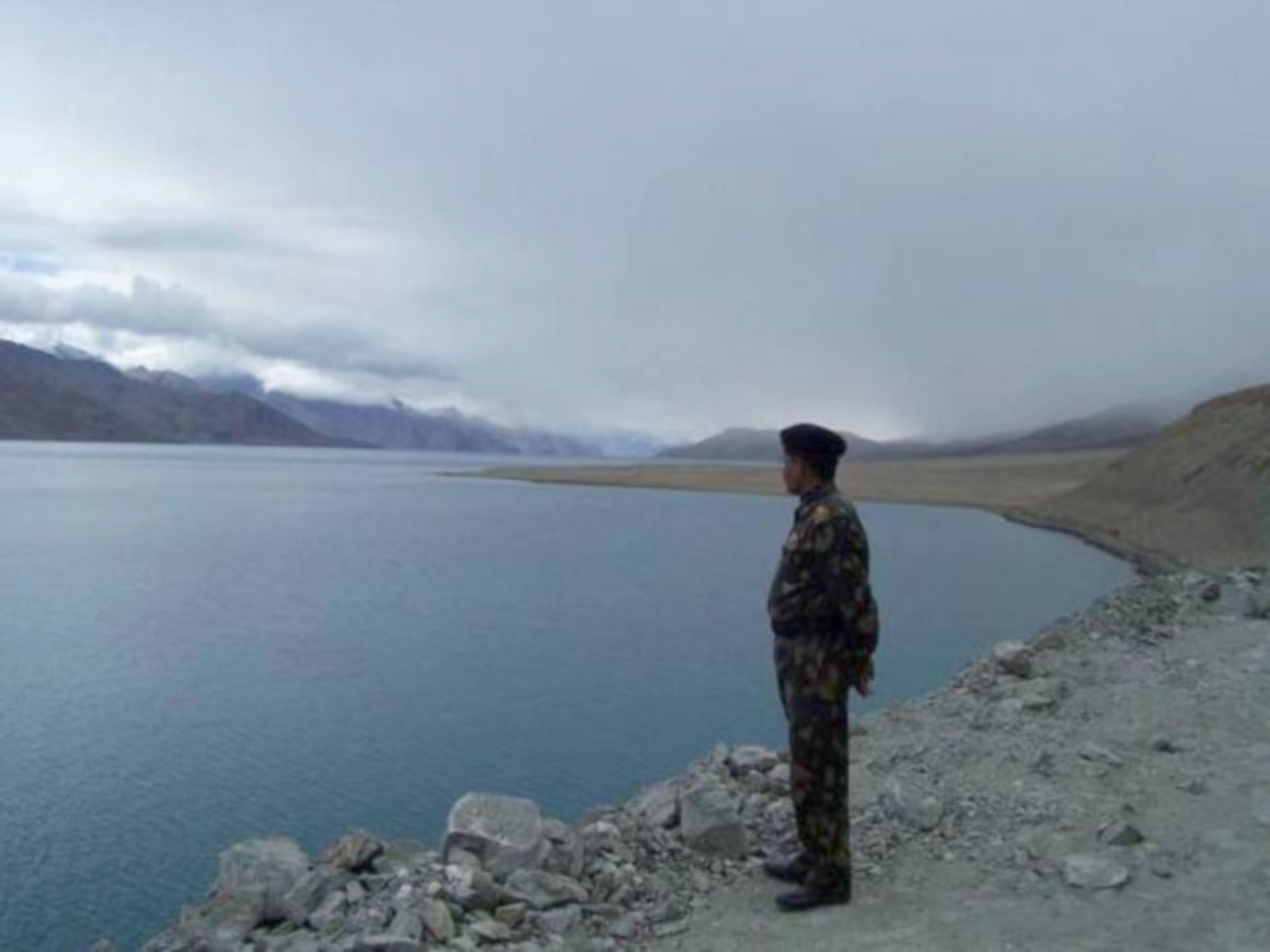India’s move changing status of J&K ‘challenged sovereignty of Pakistan and China’ says report
By Ananth Krishnan
A report authored by a senior figure at an influential Chinese think-tank has linked the current tensions along the Line of Actual Control (LAC) to India’s move last year to abrogate Article 370 and change the status of Jammu and Kashmir, a decision that China had voiced opposition to. The article, for the first time, described the move as a joint challenge to China and Pakistan, saying the move had “posed a challenge to the sovereignty of Pakistan and China”.
The report was shared on Friday on social media by a press officer at the Chinese Embassy in Islamabad, although it was first published on June 4 and has since been shared on several Chinese websites.
Status of Ladakh
“On the Chinese side, India opened up new territory on the map, incorporated part of the areas under the local jurisdiction of Xinjiang and Tibet into its Ladakh union territory,” it said. “This forced China into the Kashmir dispute, stimulated China and Pakistan to take counter-actions on the Kashmir issue, and dramatically increased the difficulty in resolving the border issue between China and India.”
The article was authored by Wang Shida, who is Deputy Director of the Institute of South Asian Studies at the China Institutes of Contemporary International Relations (CICIR). CICIR is a Beijing-based think-tank that is affiliated to the Ministry of State Security, China’s top intelligence body.
Mr. Wang noted that the Chinese Foreign Minister had conveyed China’s strong opposition to the move to External Affairs Minister S. Jaishankar during his visit to Beijing last year, following the abrogation of Article 370 and the establishment of Ladakh as a union territory. The week before the August visit, Home Minister Amit Shah had spoken in Parliament about taking back Pakistan-occupied Kashmir (PoK) and Aksai Chin. Mr. Jaishankar conveyed to Beijing that the move was an entirely internal matter that did not impact India’s external boundaries or the LAC with China. China had opposed the Ladakh map for including Aksai Chin.
The article said the move had “posed a challenge to the sovereignty of Pakistan and China” and “made India-Pakistan relations and China-India relations more complex.” It noted that China had raised the issue at the United Nations Security Council.
United States role
The author hit out at what he called India’s “double confidence” behind the move. The first, he said, was the 2019 election win that gave the Bharatiya Janata Party “unprecedented political confidence”. The second reason, he said, was that the “United States and some other Western countries puffed India up from an ideological point of view” to “hedge” against China.
“To this end,” he said, “India was seen as a favourite by the U.S., which not only drew India over to its side and praised India but also turned a blind eye to the excessive use of force and other misdeeds of the Indian authorities” in Kashmir. “Regardless of how confident India is and no matter how good it feels about itself,” he concluded, “its attempts to forcibly seize territory are doomed to fail.”


